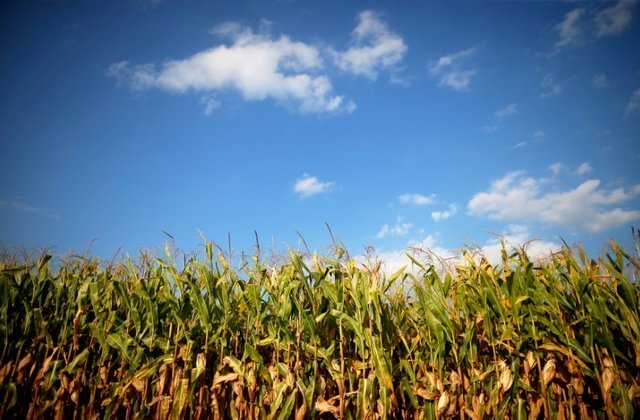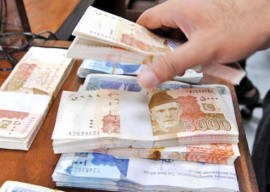
Director General BARDC, Dr Abdul Hannan said the environment in cold regions of Balochistan, including Quetta, Zhob, Killa Saifullah, Pishin, Mastung, Khuzdar and Kalat districts was ideal for saffron cultivation and its higher production.
“Saffron is climate resilient and a low water-consuming crop which can be easily grown in cold areas of the province without conventional irrigation methods,” he said, adding that during a pilot project of the BARDC, farming was carried out at designated sites of the centre which showed positive results with respect to germination, and seed multiplication.
According to Hannan, the objective of the initiative was to divert attention of local farmers from growing traditional wheat crop to focus on cultivating high value crops.
“Saffron is world’s most expensive spice which is derived from stigmas of saffron crocus. It is used in cuisines in different countries along with many other purposes,” he added.
Highlighting the grievances of farmers, he said they were concerned about high costs of production, labour and cost intensive bulbs (saffron plants).
He said the BARDC was doing extensive research and was working with farmers to improve cultivation techniques.
“Saffron is harvested from fall-blooming variety of the crocus flower, a hardy perennial that grows from bulbs that can withstand Balochistan’s harsh climate,” the DG BARDC said.
“The flowers, each containing three red stigmas that become the spice, have to be picked by hand early in the morning, before the blossoms open to the sun. The suitable time for plantation of saffron is from early April till late September in Balochistan and the mid July season is the most ideal,” Hanan said, adding that after being plucked, the flowers are dried and the stigmas are separated later.
“Harvesters must wear clean clothes, gloves and masks, because even the slightest odour can be absorbed by the flower, reducing the quality of the spice,” he said while sharing techniques for raising saffron.
According to BARDC, saffron cultivation is simple and a lucrative business hence farmers should turn towards it.
“Saffron corms are available at BARDC for cultivation. The yield of dried saffron varies from 4 to 10kgs per hectare, which primarily depends upon the management practices followed by the climatic conditions. The price of the product depends on the quality of the produce,” he added.
Published in The Express Tribune, February 6th, 2020.

1732441915-0/BeFunky-collage-(12)1732441915-0-165x106.webp)

1732438802-0/BeFunky-collage-(11)1732438802-0-165x106.webp)













COMMENTS
Comments are moderated and generally will be posted if they are on-topic and not abusive.
For more information, please see our Comments FAQ